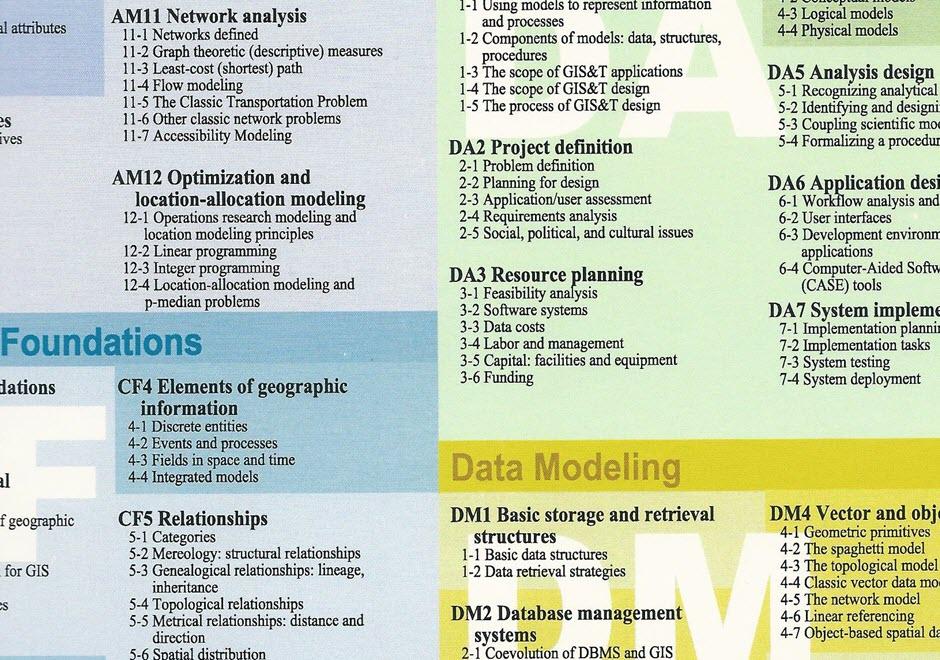KE-17 - Measuring costs

- Explain how the saying “developing data is the largest single cost of implementing GIS” could be true for an organization that is already collecting data as part of its regular operations
- Describe some non-fiduciary barriers to GIS implementation
- Summarize what the literature suggests as means for overcoming some of the non-fiduciary barriers to GIS implementation
- Outline sources of additional costs associated with development of an enterprise GIS
- Outline the categories of costs that an organization should anticipate as it plans to design and implement a GIS



KE-14 - Valuing and measuring benefits